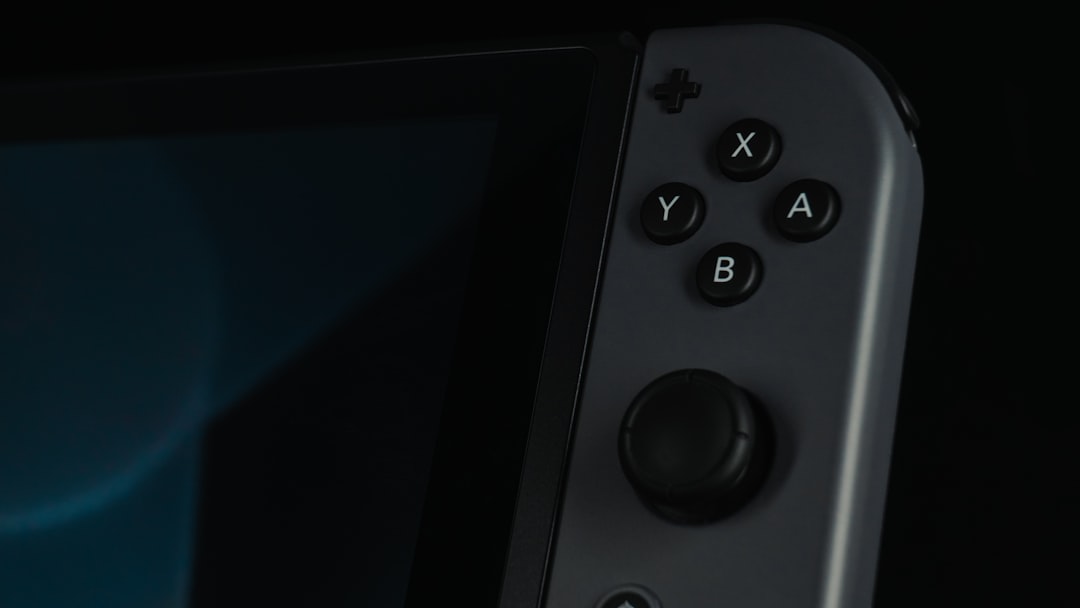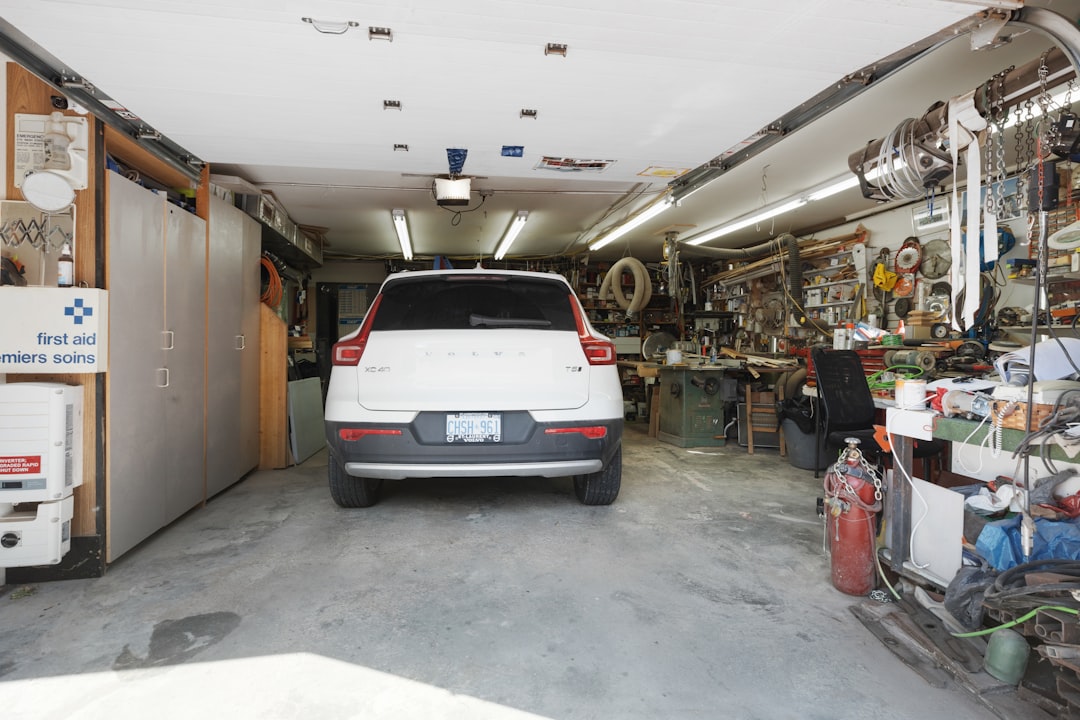With the rise in popularity of handheld gaming systems, the Nintendo Switch Lite has become a fan favorite due to its portability and affordability. However, a growing number of users are exploring ways to modify their devices to enhance performance, aesthetics, or functionality. From custom shells to upgraded joysticks and even internal hardware tweaks, the possibilities seem endless. But before diving into the modding scene, it’s crucial to understand the implications these modifications may have on the device’s warranty.
Understanding Nintendo’s Warranty Policy
Nintendo offers a standard 12-month limited warranty for new Switch Lite consoles. This warranty primarily covers manufacturing defects and hardware failures that occur under regular usage. To claim warranty service, users generally need to provide proof of purchase and send the console to an authorized repair center.
What many consumers don’t realize, however, is that any unauthorized modification to hardware can result in the warranty being voided. According to Nintendo’s warranty terms, if the unit has been “opened, modified, or tampered with,” the warranty is no longer valid. This includes both physical alterations and software modifications such as firmware hacks.
Common Switch Lite Mods and Their Warranty Risks
- Custom Shell Replacements: Swapping out the exterior shell is a popular way to personalize a Switch Lite, but the process typically involves disassembling the console — a clear violation of warranty terms.
- Joystick Upgrades: Users frustrated with joystick drift sometimes install third-party replacements. While this might improve performance, it requires opening the system and risks breaking the warranty seal.
- Internal Cooling Mods: To prevent overheating in demanding games, some users add copper plates or improved thermal pads. Despite the functional benefits, these changes fall into the category of unauthorized hardware modifications.
- Custom Firmware and Homebrew: Software mods can enable new functionalities, including playing emulated games or enhanced performance. However, they violate not only the warranty but potentially Nintendo’s terms of service, risking a ban from online services.

Detection and Consequences of Modifying a Switch Lite
Many users assume that if they perform mods carefully and avoid obvious physical damage, they can still make warranty claims. However, Nintendo’s technicians are trained to look for subtle signs of tampering. Stripped screws, broken internal adhesive seals, or mismatched serial numbers are all red flags.
Once a modded console is identified, consumers can expect the following consequences:
- Denied Warranty Service: If evidence of tampering is found, the device will be returned unrepaired unless the user opts to pay for out-of-warranty servicing, which can be costly.
- Loss of Customer Support: Modded devices are considered unauthorized, and Nintendo may refuse troubleshooting assistance over the phone or email.
- Online Service Bans: Consoles with altered software may be banned from connecting to the Nintendo network, rendering online features or even purchased digital downloads useless.
Modding vs. Warranty: Making the Smart Choice
For some, the benefits of modding may outweigh the risks, especially if the device is out of warranty or the user is comfortable with do-it-yourself repairs. However, for newer consoles still within the one-year warranty window, it’s wise to think twice before making permanent changes.
Here are a few ways users can reduce risk:
- Wait Until the Warranty Expires: This gives you a backup option in case of early hardware issues.
- Use Snap-On Skins: Instead of replacing shells, use adhesive or snap-on covers that don’t require disassembly.
- Opt for Professional Services: If you’re determined to modify your Switch Lite, some third-party services offer mods with their own limited warranties, though these aren’t honored by Nintendo.

Case Study: A Mod Gone Wrong
Consider the story of Alex, a Switch Lite owner who experienced joystick drift within three months of purchase. Frustrated, he decided to fix the issue himself by installing third-party hall-effect joysticks reputed for their durability. Confident in his technical ability, Alex completed the mod successfully. However, two months later, his screen began to flicker. When he contacted Nintendo support, they refused service after discovering tampering screws and a non-standard joystick design. The cost of replacing the broken screen out-of-pocket ended up being higher than if he had waited and used the warranty process.
The Legal Perspective
In some regions, consumer protection laws may override manufacturer warranty terms if the modification did not cause the defect in question. However, this varies by country and even by individual claim. The burden of proof often falls on the consumer, making it a complicated and uncertain route.
For users in the United States, the Magnuson-Moss Warranty Act prohibits companies from voiding a warranty simply because a third-party part was used, unless it can be proven that the part caused the damage. Still, since most hardware mods involve disassembly, proving this in a dispute can be challenging.

Final Thoughts
Switch Lite mods offer a creative and often functional way to personalize and enhance consoles. However, they also carry significant risks, especially for those concerned about protecting their investment. Users should weigh the benefits of customizing their device against the possibility of forfeiting future support and repairs. In most cases, waiting until the official warranty expires or exploring non-invasive mod options can provide a safer middle ground.
Frequently Asked Questions (FAQ)
- Q: Will opening my Switch Lite automatically void the warranty?
A: Yes. Disassembling the device is considered tampering, which voids the warranty according to Nintendo’s policy. - Q: Can I reverse a mod and still claim warranty?
A: Possibly, but if Nintendo detects signs of tampering, such as stripped screws or altered components, the warranty claim may still be denied. - Q: Are software mods safer than hardware mods?
A: Not necessarily. Software mods violate the terms of service and can result in console bans and warranty voiding. - Q: If my Switch Lite breaks after a mod, can I pay for repairs?
A: Yes, Nintendo offers out-of-warranty repair services for a fee, but they may refuse service for extensively modified units. - Q: Is replacing the joystick considered a significant mod?
A: Yes. Even though it might seem minor, it requires opening the unit and is therefore classified as unauthorized tampering.



